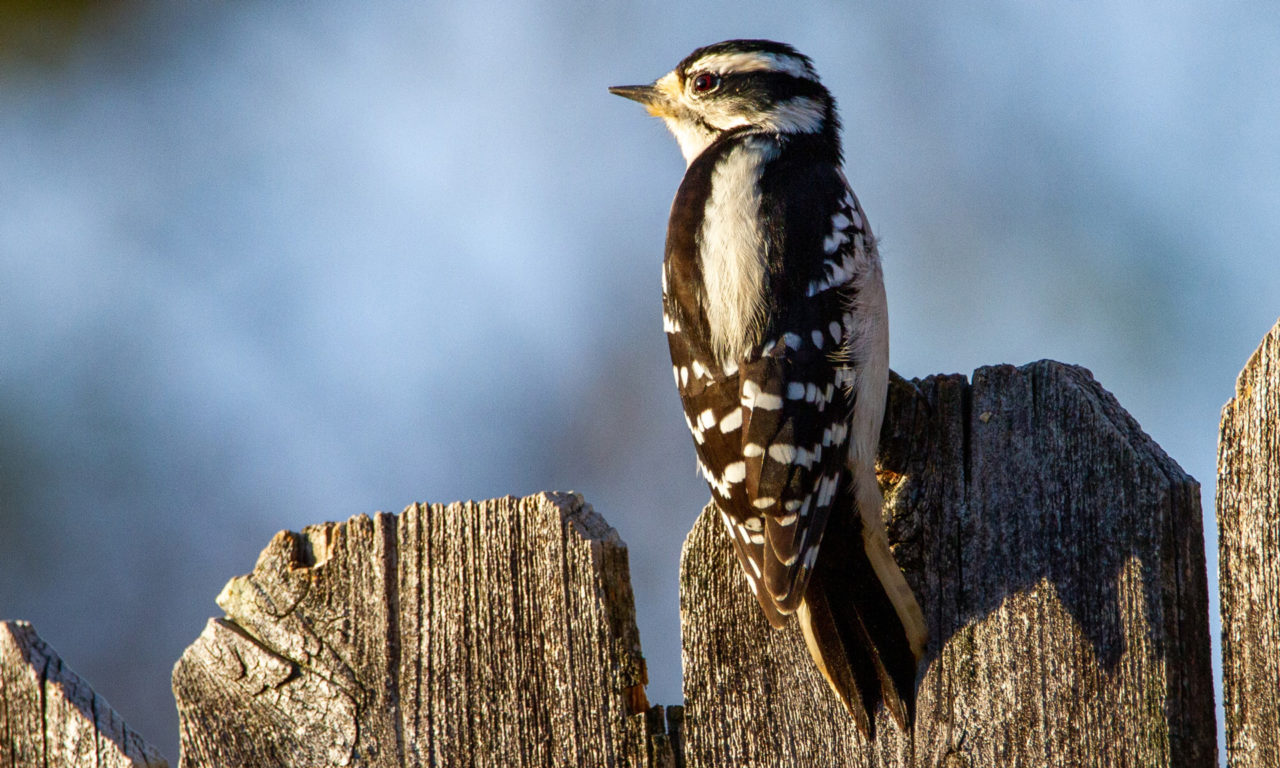Discover the Remarkable Globe of Woodpeckers: Everything You Required to Know
The globe of woodpeckers is a realm filled with one-of-a-kind habits, intricate adjustments, and a varied range of species. From their environments and distribution patterns to their feeding behaviors and specialized physiological features, woodpeckers have actually long mesmerized the passion of ornithologists and nature lovers alike. Understanding the details of these interesting birds offers a glimpse right into the complex interaction between their biology and the atmosphere. As we explore the globe of woodpeckers further, we discover a wealth of info that clarifies their value in ecosystems and the difficulties they face in an ever-changing world.
Woodpecker Habitats and Distribution
In North America, for instance, woodpeckers can be identified in both coniferous and deciduous forests, utilizing their solid beaks to forage for pests and produce nesting cavities in trees. In Africa, certain woodpecker varieties have actually adapted to dry settings, such as the acacia forests, where they play an essential duty in regulating insect populations.

Feeding Behaviors and Diet Regimen
Amongst the numerous facets of their actions, woodpeckers show distinctive feeding behaviors and nutritional choices. These birds are largely insectivores, with a diet regimen that consists of ants, beetles, caterpillars, and various other insects found in trees. Woodpeckers use their strong beaks to pierce right into the bark of trees, penetrating for pests and larvae concealed underneath the surface area. In addition to insects, woodpeckers also consume nuts, seeds, fruits, and sap. Some species have actually specialized tongues with barbed pointers that aid them extract bugs from gaps in wood.
Woodpeckers are understood for their drumming actions, which serves not only to interact with other woodpeckers yet also to find food. The rapid drumming noise is developed by the bird pecking on resonant surfaces like dead trees or metal poles. This behavior can bring in bugs concealed in the timber, permitting the woodpecker to identify their existence and feed upon them.
Unique Adjustments for Tree Climbing
In their proficient pursuit of pests concealed within tree bark, woodpeckers have evolved impressive anatomical features that furnish them with distinct adjustments for effective tree climbing. One of the crucial adaptations is their zygodactyl feet, with 2 toes directing forward and 2 directing in reverse, supplying a strong hold on tree trunks. This specialized foot setup allows woodpeckers to stick to vertical surface areas easily, enabling them to relocate up and down trees with dexterity. Additionally, woodpeckers have tight tail feathers that function as a supportive prop while they climb up, assisting in balance and security. Their strong, chisel-like beaks are not only made use of for drilling right into timber however additionally for gripping onto bark her latest blog as they ascend tree trunks. Woodpeckers have strong neck muscles and a special head structure that take in the effect of consistent pecking, allowing them to climb vertically without creating injury to their brains. These adaptations showcase the extraordinary transformative design that enables woodpeckers to browse trees with accuracy and performance.
Diverse Woodpecker Variety Worldwide
With over 200 various species spread across various habitats worldwide, the family members of Picidae incorporates a remarkable diversity of woodpeckers. These birds can be located in woodlands, forests, savannas, and even metropolitan areas, showcasing their adaptability to various settings. From the famous Northern Flicker in The United States And Canada to the vibrant and this article elusive Crimson-backed Flameback in Asia, each woodpecker varieties shows special attributes in terms of plumage, actions, and habitat preference.
Woodpeckers differ substantially in dimension, with the diminutive Downy Woodpecker measuring around 6-7 inches in size, while the powerful Lineated Woodpecker can rise to 17 inches - Woodpeckers in Florida. Their beaks additionally are available in different sizes and shapes, reflecting their feeding habits. Some varieties focus on extracting pests from tree bark, like the Acorn Woodpecker, while others, such as the Black-cheeked Woodpecker, eat fruits and seeds

Conservation Initiatives and Obstacles
Conservation initiatives for woodpecker populations are vital in minimizing the impact of environment loss and various other threats facing these diverse avian types. Woodpeckers deal with different obstacles to their survival, largely due to deforestation, urbanization, climate change, and invasive species. To address these problems, conservation initiatives concentrate on securing and bring back woodpecker habitats, implementing sustainable forestry practices, and raising awareness about the significance of these birds in ecosystems.
One substantial obstacle in woodpecker preservation is the fragmentation of their habitats, resulting in isolated populations that are more at risk to termination - Woodpeckers in Florida. Preservationists function to produce wildlife hallways and shielded locations that link these fragmented habitats, allowing woodpeckers to move in between different locations for feeding, reproducing, and shelter

Conclusion
To conclude, woodpeckers are remarkable birds with unique adaptations for tree climbing and feeding habits. They can be discovered in diverse habitats worldwide, dealing with preservation difficulties as a result of environment loss and human go to this site tasks. Recognizing their environments, diet regimens, and actions is critical for preservation initiatives to shield these vital bird varieties. More study and preservation activities are required to make sure the survival of woodpeckers in the wild.